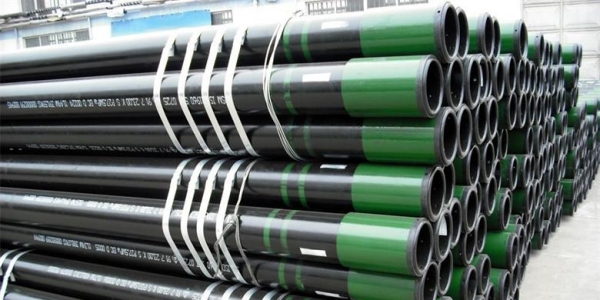Borewell casing is widely used in the oil and gas industry, but it is susceptible to corrosion, affecting its normal operation. Therefore, it is very necessary to take effective anti-corrosion measures and conduct regular inspections of casings that have taken anti-corrosion measures. This article will introduce in detail the anti-corrosion detection method of borewell casing pipe. Read on to learn more.

Detection Methods Suitable For Borewell Casing Pipe:
1. Visual inspection
Visual inspection is currently one of the most commonly used anti-corrosion inspection methods. By inspecting the outer surface of the casing, determine whether there are defects such as rust, peeling, cracks, etc. on the surface of the casing. However, this method requires manual participation, requires a lot of time and labor costs, is easily affected by the subjective consciousness of personnel, and cannot accurately assess the corrosion degree of the casing.
2. Coating thickness measurement
Coating thickness measurement is another common anti-corrosion testing method that can be used to measure the thickness of a coating. This method can determine whether the pipeline coating reaches the designed thickness and can detect whether the coating thickness is uniform. But this method cannot measure the extent of corrosion beneath the coating.
3. Dielectric constant test
The dielectric constant test uses the characteristics of electromagnetic waves passing through the casing to detect the corrosion degree of the inner and outer walls of the casing. This method has the advantages of fast, accurate and non-contact, and is suitable for the detection of long casing cross-sections. However, this method is not suitable for detecting corrosion under coatings.
Detection Methods Suitable for Borewell Casing Pipe:
1. Ultrasonic testing
Ultrasonic testing uses ultrasonic probes to detect the inner and outer walls of the casing, which can detect the corrosion degree and thickness of the inner and outer walls of the casing. This method has the advantages of high precision and efficiency, and is suitable for the detection of long-distance casing. In addition, this technology can use automated instruments for detection and reduce manual intervention.
2. Electrochemical corrosion monitoring
Electrochemical corrosion monitoring is a method that uses electrochemical principles to monitor corrosion. The advantage of this method is that it can monitor corrosion conditions in real time and quantitatively analyze corrosion behavior, which is beneficial to formulating corresponding preventive measures.
3. Infrared temperature measurement
Infrared temperature measurement uses an infrared thermal imaging camera to measure the temperature of the surface of the casing, which can determine whether there is corrosion on the surface of the casing. This method has the advantages of fast, accurate and non-contact, and is suitable for the detection of short casing cross-sections.
In view of the special needs of borewell casing pipe, it is very important to choose an anti-corrosion detection method suitable for casing. You can choose the appropriate method for casing anti-corrosion testing according to your needs. It should be noted that when implementing testing, safety must be the primary consideration and appropriate safety measures must be taken to ensure the safety and smoothness of the testing process.
Go here to learn more about "Oilfield Tubular Goods"

 English
English Español
Español




 Tel : +86-18565811709
Tel : +86-18565811709 Email :
Email : 

 News
News




